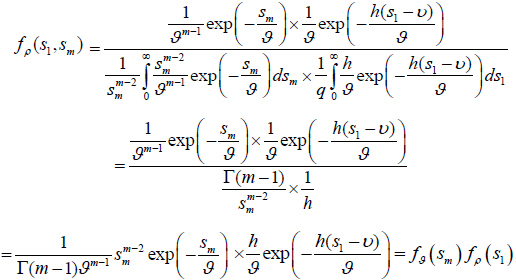Vol 5 No 1 (2026)
Research Article
The technique used here emphasizes pivotal quantities and ancillary statistics relevant for obtaining statistical predictive or confidence decisions for anticipated outcomes of applied stochastic models under parametric uncertainty and is applicable whenever the statistical problem is invariant under a group of transformations that acts transitively on the parameter space. It does not require the construction of any tables and is applicable whether the experimental data are complete or Type II censored. The proposed technique is based on a probability transformation and pivotal quantity averaging to solve real-life problems in all areas including engineering, science, industry, automation & robotics, business & finance, medicine and biomedicine. It is conceptually simple and easy to use.



 Nicholas Nechval, Gundars Berzins, Konstantin Nechval
Nicholas Nechval, Gundars Berzins, Konstantin Nechval
